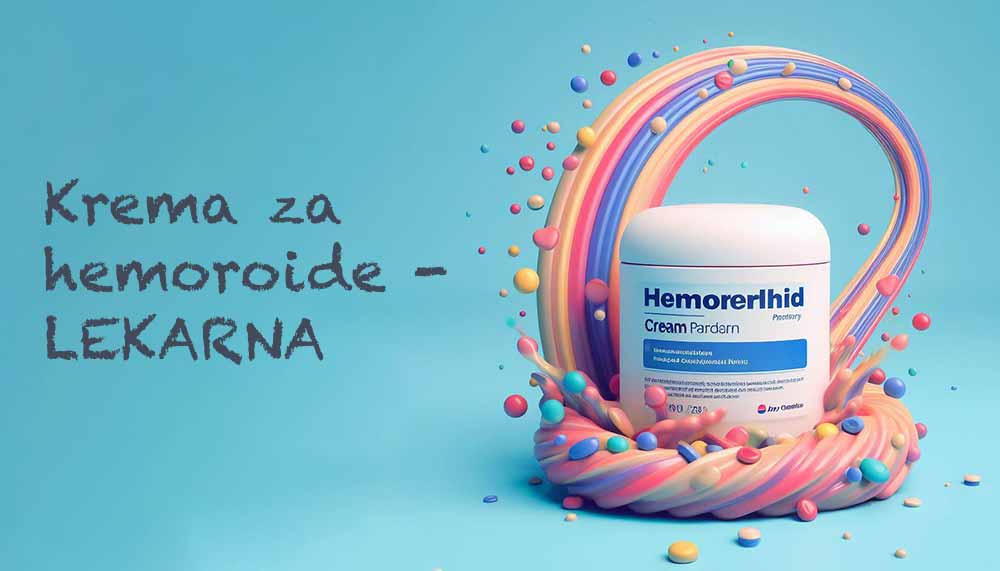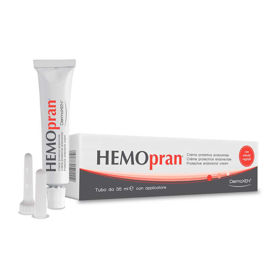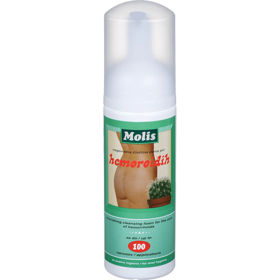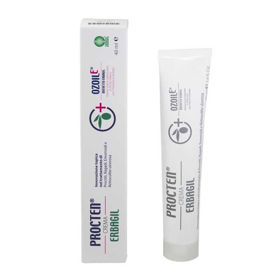Customer question:
Which active ingredients does the general hemorrhoid cream contain? Anonymous customer's question
Pharmacist's answer:
Hemorrhoid creams and ointments may contain different active ingredients, each designed to treat different symptoms of hemorrhoids. Different products may contain one active ingredient or a combination of the ingredients. Always read the product declaration to understand the presence of active ingredients and their purpose.
If symptoms persist or worsen, it is imperative to seek medical attention.
Some common active ingredients in the treatment of hemorrhoids are as follows:
- Phenylephrine HCl: this is a vasoconstrictor, which means it helps narrow blood vessels. As a result, it reduces swelling and provides temporary relief from itching and discomfort.
- Pramoxine HCl: a local anesthetic that provides temporary relief from pain and itching.
- Hydrocortisone: a corticosteroid that helps reduce the extent of inflammation, itching, and discomfort.
- Lidocaine: a local anesthetic that provides temporary relief from pain and itching.
- Zinc oxide: provides a protective coating on the skin, reduces irritation, and acts as an astringent to reduce swelling.
- Vaseline is often used as a base for many ointments, providing a protective barrier and helping to keep the skin moisturized.
- Glycerin acts as a protector and can help relieve irritation and dryness.
- Aloe vera is often included in some hemorrhoid treatments because of its soothing and moisturizing properties.
How do we take care of hemorrhoids at home?
Hemorrhoids are swollen veins in the rectal and anal area. Although more severe or persistent cases may require medical intervention, many cases of hemorrhoids can be managed or relieved at home with the following measures:
- Over-the-counter medications: Many creams, ointments, and suppositories are available to reduce pain, itching, and swelling. In particular, look for products that contain ingredients such as hydrocortisone, witch hazel, or lidocaine.
- Sitting baths: Soak the anal area in warm water for 10 to 15 minutes several times a day. This often helps relieve itching, irritation, and muscle spasms. Specially designed tubs for this purpose are available at pharmacies, or you can use your tub.
- Cold pack: Apply ice packs to the affected area to reduce swelling. Always wrap the ice pack in a cloth or towel to prevent frostbite.
- Moistened wipes: Use unscented, alcohol-free baby wipes or wet wipes instead of dry toilet paper to clean up after a bowel movement. This may prevent further irritation.

- Pain relievers: Pain relievers such as paracetamol or ibuprofen can help manage pain.
- Dietary fiber: increase your dietary fiber intake by eating whole grains, fruits, and vegetables. This softens the stool and increases its volume, which can help prevent straining during bowel movements.
- Hydration: drink plenty of water to make the stool soft and more accessible to pass.
- Stool softeners: Stool softeners can prevent constipation and make stools easier to pass.
- Avoid straining: do not strain when trying to pass stool. This increases the pressure in the veins of the lower part of the rectum, which can lead to further worsening of hemorrhoids.
- Avoid prolonged sitting: Prolonged sitting, especially on the toilet, can increase pressure on the veins in the anus.
- Exercise: regular physical activity can help prevent constipation and reduce pressure on the veins from prolonged standing or sitting. Exercise can also help you lose excess weight that could be contributing to your hemorrhoids.
- Wear cotton underwear: this helps keep the anal area dry, reducing the chances of irritation and itching.
- Avoid lifting heavy objects: if you have to lift something heavy, breathe evenly and not hold your breath.
Interesting reading: Distilled water pharmacy
Interesting reading: Cholesterol measurement in pharmacies












 Facebook
Facebook
 Instagram
Instagram
 info@moja-lekarna.com
info@moja-lekarna.com

